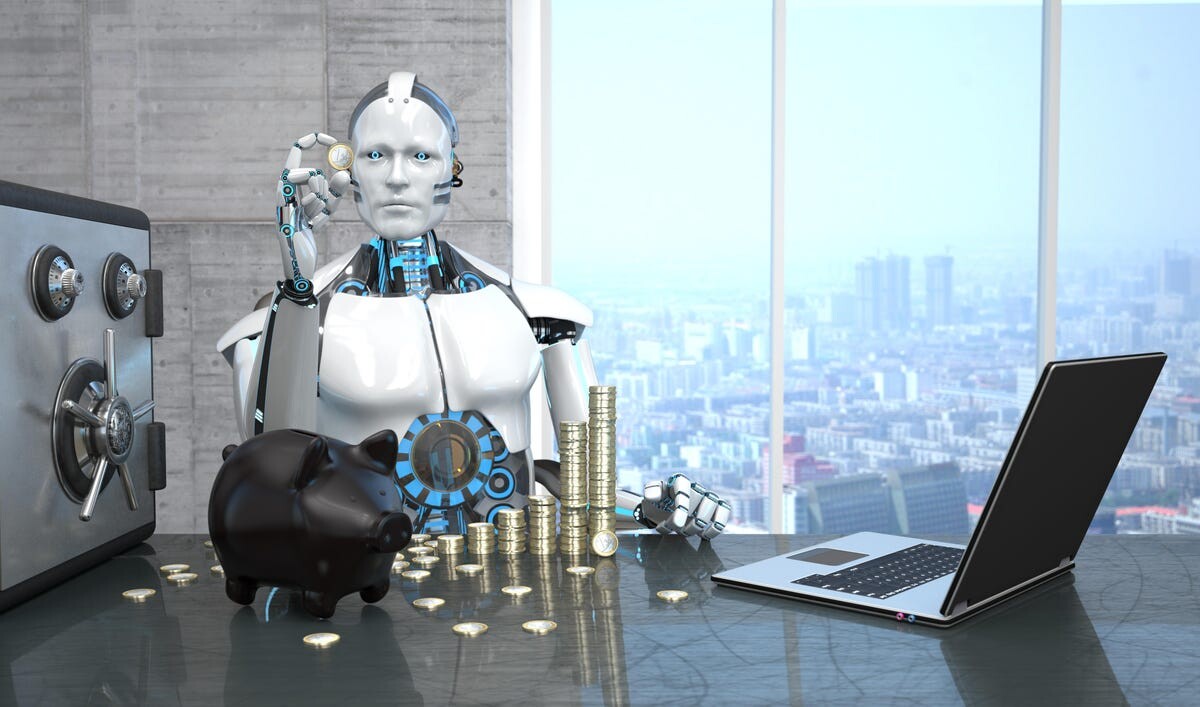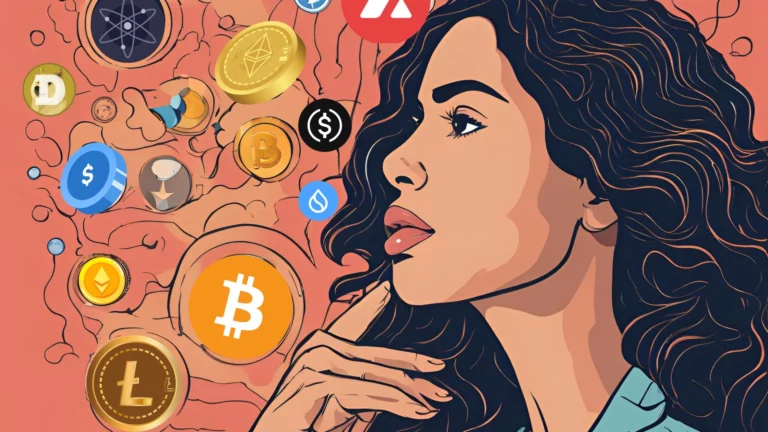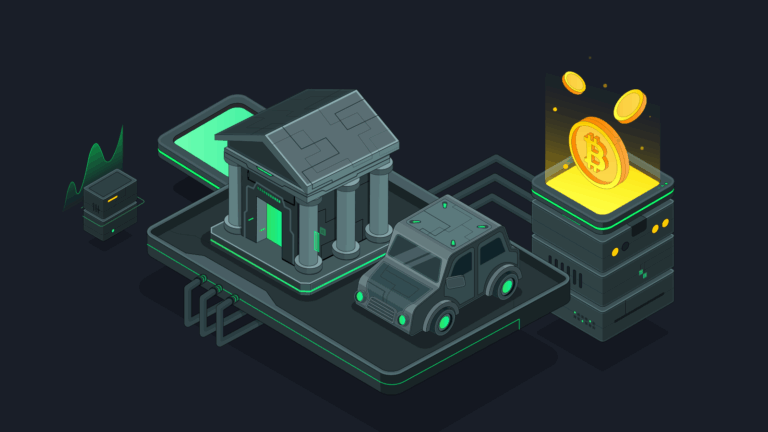
Artificial intelligence is transforming how we interact with data. Crypto is redefining how we interact with money. In 2025, the intersection of these two disruptive technologies is not just theoretical—it’s already reshaping financial infrastructure, product design, and governance.
Let’s explore how AI and crypto are converging, and why their combination could change everything from DeFi to DAOs to personal finance.
Why AI + Crypto Makes Sense
Decentralized systems need intelligence
Blockchain is transparent, secure, and immutable—but it’s also rigid. Smart contracts are “dumb” in the sense that they only do what they’re programmed to do.
That’s where AI comes in: it adds learning, prediction, and adaptability to an otherwise static environment.
AI needs trustworthy data and ownership
AI models are only as good as the data they ingest. Crypto offers secure, verifiable, and tamper-proof data layers. Plus, blockchains enable data monetization via tokens—solving the “who owns my data?” dilemma.
It’s a natural partnership.
Key Use Cases in 2025
1. AI-powered DeFi protocols
Imagine a lending protocol that dynamically adjusts interest rates, collateral ratios, or liquidation thresholds—based not just on code, but on real-time risk predictions.
Projects like Gauntlet, Morpho, and Ribbon already use simulation models and AI algorithms to optimize yield strategies and reduce risk.
Soon, autonomous protocols will detect fraud, rebalance portfolios, and prevent crashes—before they happen.
2. AI-driven crypto trading bots
This one’s already here. AI bots trained on years of market data now handle billions in daily volume, especially on centralized and decentralized exchanges.
Tools like Kronos, dTrade, and Stoic AI use natural language analysis, social sentiment, and price patterns to automate trades.
Some outperform human traders—especially in volatile markets.
3. Smart wallets and personal agents
AI copilots like AI Agents or AutoGPT wallets are beginning to act as financial assistants:
- Recommending swaps
- Rebalancing your DeFi positions
- Alerting you about scams or wallet risks
- Summarizing on-chain activity in plain English
Crypto-native wallets with built-in AI are no longer a concept—they’re rolling out in beta right now.
4. Content moderation and DAO governance
DAOs have thousands of members. Content, proposals, and votes can be overwhelming. AI tools now help DAOs:
- Prioritize useful ideas
- Flag spam or manipulation
- Auto-summarize proposals
- Identify sybil attacks (fake multiple accounts)
It’s governance with superpowers.
5. On-chain AI marketplaces
Projects like Ocean Protocol, SingularityNET, and Fetch.ai are building decentralized networks where AI models, datasets, and compute power are traded on-chain.
This creates open, composable AI—not locked into Big Tech walled gardens.
10 Free Tools Combining AI + Crypto in 2025
Here are 10 real (and free-to-access) tools that showcase this intersection:
- AutoGPT Wallet – A smart wallet that uses AI to manage your DeFi positions and alerts.
- Dune AI Assistant – Ask natural language questions and get on-chain data visualizations.
- Kaito – AI-powered crypto research aggregator that summarizes protocols and news.
- LayerAI – Free tool to automate your own crypto analytics dashboards.
- TokenFlow.ai – AI explorer for wallet behavior and suspicious patterns.
- ChainGPT – Chatbot trained on blockchain knowledge; great for beginners and devs.
- Ocean Market – Browse, download or publish tokenized AI datasets.
- Stoic AI – Automated portfolio bots (freemium, but usable at no cost to start).
- Merlin AI – Summarizes DeFi positions and creates auto-yield strategies.
- Fini – AI chatbot embedded into Web3 dApps and wallets for support + guidance.
These tools lower the barrier for non-coders and give superpowers to everyday users.
Challenges at the Intersection
Black box meets transparency
AI is often opaque. Crypto demands clarity. Blending the two requires new standards for explainable AI on-chain.
Ethics and control
Who governs AI agents acting on-chain? Can an AI autonomously execute transactions or vote in a DAO? What happens if it makes a mistake—or gets manipulated?
Regulation
Both sectors are under scrutiny. Combined, they may trigger new legal questions around identity, liability, and taxation.
The Long-Term Vision: Autonomous Crypto Systems
In a not-so-distant future, you might:
- Set your investment goals
- Delegate to an AI wallet
- Have it earn yield, monitor risk, rebalance across blockchains
- Get updates in plain language
- Sleep well at night
All while remaining sovereign, non-custodial, and fully in control.
This is autonomous finance—powered by AI and built on crypto rails.







